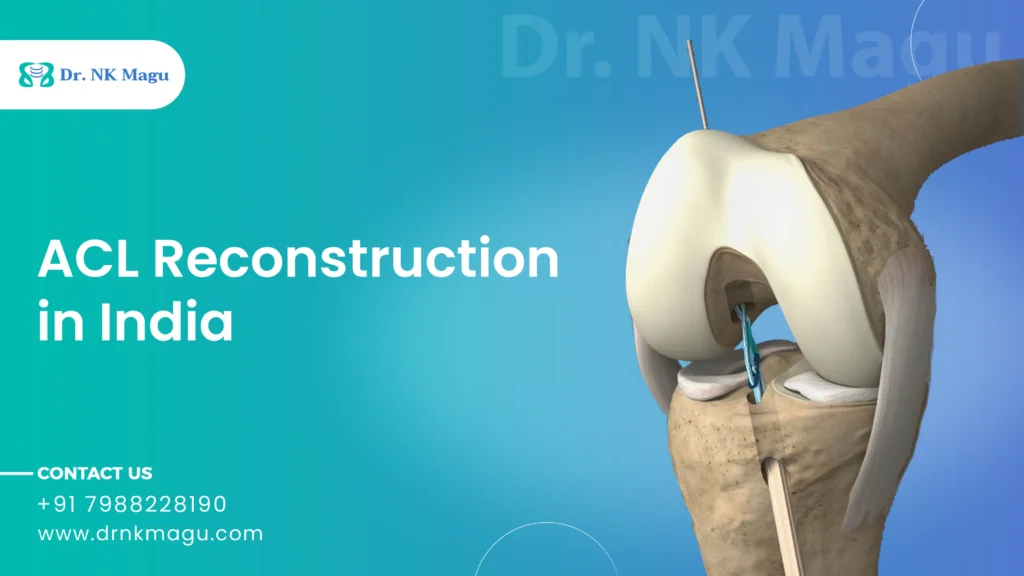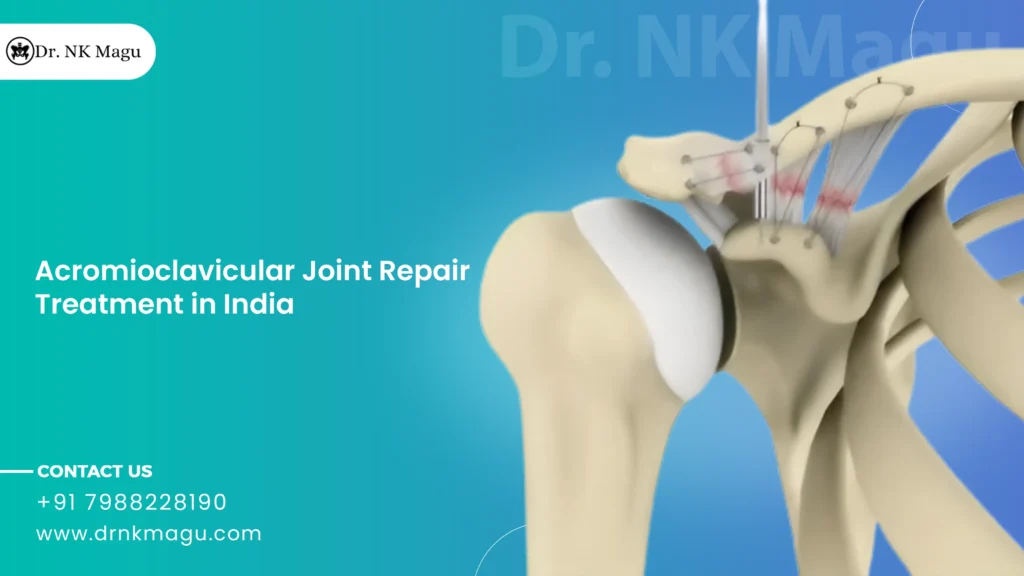Hip Replacement Surgery Cost in India 2025
The typical cost of a Hip Replacement Surgery in India varies from Rs. 2.5 lakhs to Rs. 6 lakhs ($3000 to $7200) according to the present rate. The rates may differ based on the individual’s needs and the patient’s condition.
Additionally, the cost of the procedure may differ based on the hospitals and facilities used. One of the main reasons why many foreigners travel for hip replacement surgery in India is the low cost of the procedure. Furthermore, because the procedure has a 90% success rate.
The price for hip replacement surgery in India can also depend on the type of procedure you do:
- Single hip replacement surgery cost in India starts from Rs. 3.5 Lakh (4500 USD).
- Bilateral hip replacement surgery cost in India starts from Rs. 5.4 Lakh (6500 USD).
Hip Replacement Surgery In India
A hip replacement surgery is a medical procedure that replaces a damaged hip joint with an artificial implant. The cost of hip replacement surgery in India is often more affordable compared to Western and Eastern countries, despite India’s renowned doctors and well-equipped hospitals.
For those suffering from arthritis, avascular necrosis, or other types of hip joint deterioration, hip replacement therapy can relieve the pain and stiffness. A hip replacement involves the replacement of one or both ends of the diseased hip joint with prosthetic components by an orthopedic surgeon.
Numerous surgical procedures are available for hip replacement surgery; some of these are minimally invasive and may be appropriate for specific patients. Gaining mobility back and being able to resume activities with less pain is made possible through recovery and rehabilitation.
What is Hip Replacement Surgery?
Hip replacement surgery, sometimes referred to as hip arthroplasty, is a surgical treatment for hip discomfort. Artificial implants are used to replace some hip joint components after surgery.
A ball at the top of the femur also called the thigh bone and a socket in the pelvis, also called the hip bone make up the hip joint. With a hip replacement procedure, one or both parts could need to be replaced. Your ability to resume regular activities and exercise with minimal pain is the procedure’s main objective.
If you are unable to stand, walk, or move due to hip pain or other symptoms, your doctor may suggest a hip replacement.
Types of Hip Replacement Surgery
There are two types of hip replacement surgery i.e. either a full or partial hip replacement will be carried out by your doctor:
- Total hip replacement: Total hip replacement is also known as single hip replacement. A prosthetic joint will be used to replace your entire hip. Your thighbone, or femur, and the socket it fits into, or the acetabulum, will be replaced. Total hip replacements account for the majority of hip replacements.
- Partial hip replacement: These procedures are quite uncommon. Only a portion of your hip will be replaced by the surgeon. Typically, these are limited to the removal of specific types of tumors or the treatment of specific types of hip fractures.
Tests That Are Performed Prior to Hip Replacement Surgery
Your surgeon and other medical professionals will give you information on how to be ready for surgery prior to the procedure. Usually, you’ll need:
- An assessment by a physician to verify your eligibility for surgery.
- Exams for blood tests.
- An ECG to evaluate your heart health.
- Urine test
- X-ray
- Magnetic resonance imaging (MRI)
- Computed tomography (CT) scan
How Hip Replacement Procedure is Performed?
You will be required to change into a hospital gown and take off your clothing when you check in for your procedure. Either a spinal block, which numbs the lower body, or a general anesthetic, which induces a sedative-like state, will be administered to you. In order to reduce discomfort following surgery, your surgeon may also inject numbing medication in the vicinity of nerves or in and around the joint.
The surgical procedure takes about two hours to complete. To replace a hip, you’re surgeon:
- makes a cut into the tissue layers over the hip
- leaves healthy bone alone by removing ill and damaged bone and cartilage.
- inserts the substitute socket into the pelvis
- places a replacement ball on top of a metal stem that is inserted into the top of the thighbone.
Following the procedure, you will spend a few hours in a recovery area as the anaesthesia wears off. Your blood pressure, pulse, degree of alertness, pain or comfort, and medication requirements will all be observed by medical personnel.
To help prevent fluid from entering your lungs, you will be advised to blow into a device, cough, or take deep breaths. The duration of your stay following surgery is determined by your unique needs. That following day, many folks can return home.
Helpful:- Adult Hip Disorders
Physical Therapy
You can regain the use of your muscles and joints by engaging in regular exercise and activities. A physical therapist can assist you in learning how to utilize a walking device, like crutches, a cane, or a walker, as well as suggest mobility and strengthening exercises. You will gradually increase the weight you place on your leg as therapy goes on until you can walk unassisted.
While everyone’s recovery from a hip replacement differs, most people are doing well three months following the procedure. Usually, improvements last for the first year following surgery. Both discomfort and range of motion can be improved with the replacement hip joint.
However, don’t count on being able to accomplish everything you were able to do prior to hip pain. Sports with a lot of impact, like basketball or sprinting, could be too taxing for the prosthetic joint. However, most people can eventually engage in less strenuous sports like cycling, golfing, and swimming.
Why Choose Dr. N. K. Magu?
Dr. N. K. Magu is a world-renowned orthopedic surgeon from India whose outstanding expertise and dedication to the field have gained him international fame. Over the course of several decades, Dr. N. K. Magu has proven to be an exceptional specialist in a number of orthopedic fields, especially when it comes to hip preservation, reconstruction, proximal femoral osteotomies, and other related areas. His reputation as one of the best orthopedic surgeons in the world has been cemented by his unparalleled commitment to enhancing the quality of life for his many patients.












